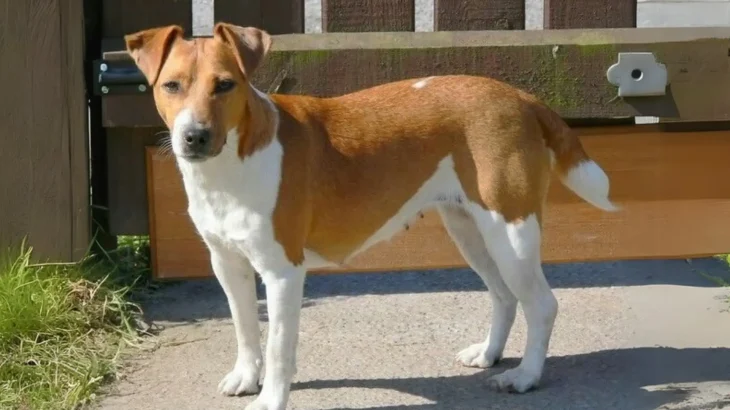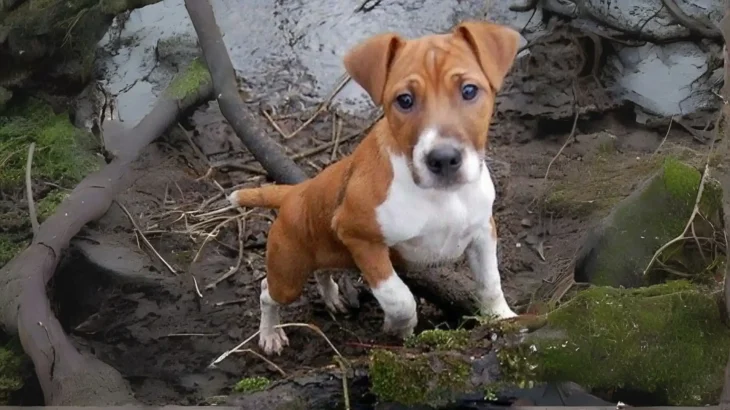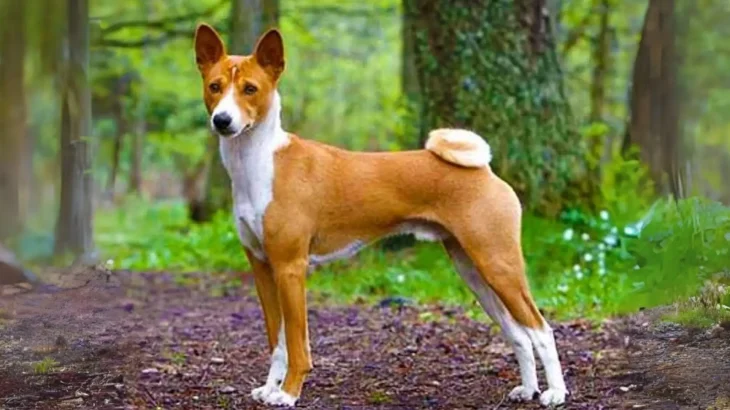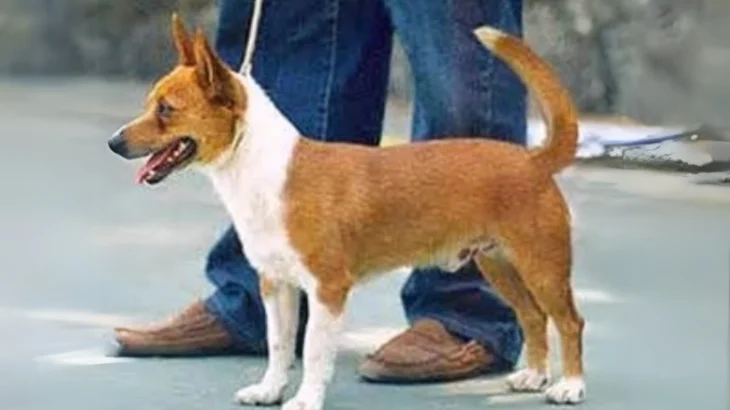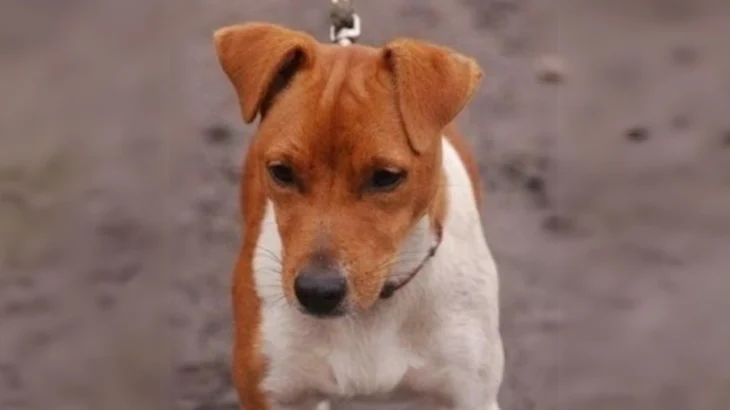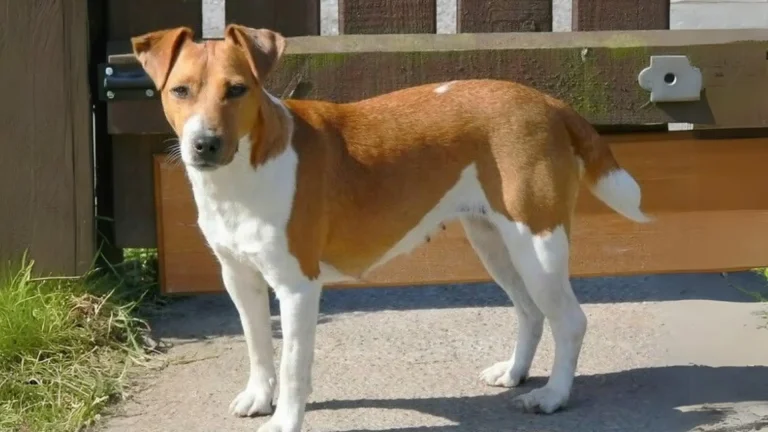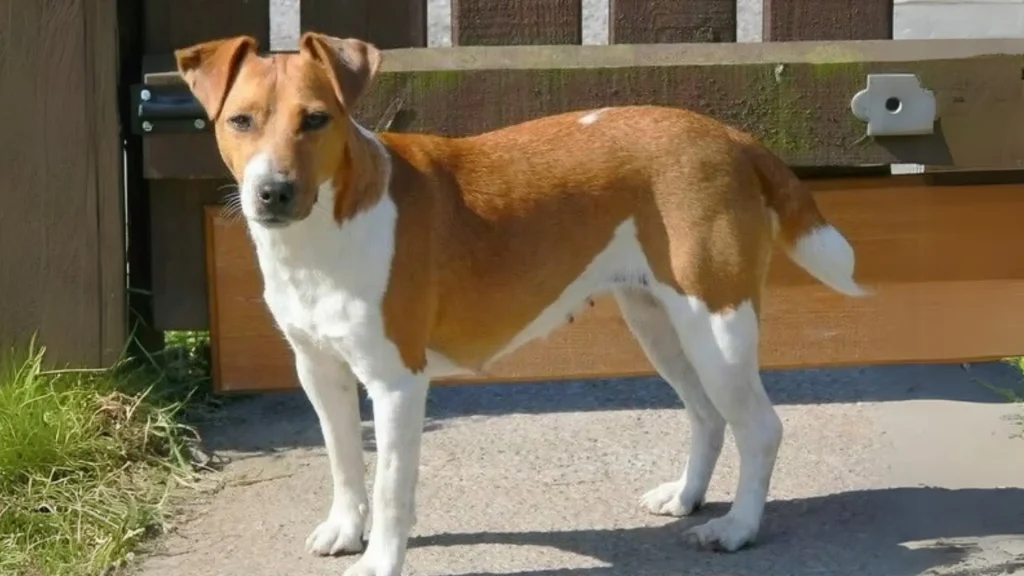Choosing between adopting or purchasing a Plummer Hound puppy depends on what you value: predictable lineage and known health versus giving a loving home to a dog in need. Buying from a breeder offers insight into the puppy's family and health, while adoption supports animal welfare and can be more affordable.
| Criteria | Buying from Breeder | Adopting from Shelter/Rescue |
|---|---|---|
| Cost | Higher upfront cost due to breed purity and breeder care. | Lower fees, often includes vaccinations and spaying/neutering. |
| Health History | Detailed health and genetic records from reputable breeders. | Health background may be unknown; shelters provide basic health checks. |
| Age Availability | Primarily young puppies, allowing early bonding and training. | Variety of ages including adults and seniors, offering flexibility. |
| Temperament Insight | Breeders share lineage temperament and early socialization info. | Shelter staff provide observed behavior; full history may be unclear. |
| Ethical Considerations | Supports responsible breeding when choosing ethical breeders. | Helps reduce shelter populations and gives a home to a dog in need. |
| Breed Purity & Pedigree | Assured breed purity and documented pedigree available. | Breed may be mixed or uncertain, but personality shines through! |

